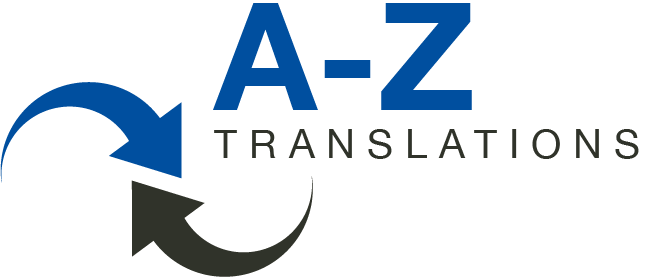As a teacher, my task and goal is to confer not only the necessary skills required for translating to my students, but also to (hopefully) instill in them a sense of and for what makes a translation a really good translation.
After all, the quality of machine translation has improved dramatically over the last few years, turning out pretty good translations, hasn’t it? At least in certain language combinations, it seems that human translators will very soon no longer be required, or only as post-editors.
While I don’t want to get into the topic of MT too much, suffice it to say that it does have its place and uses.
But.
And this is where we as «human» translators will always have work and a purpose and will be needed (at least until machines really are able to think and feel, and – at least in my opinion – that day is still a looooong way off).
The difference between a good translation and a really good translation is bigger than many people think or even suspect.
Because translation is more than just replacing words in one language with words from another language in grammatically correct sentences.
Because a really good translation doesn’t read like a translation at all. In fact, it might even be better than the original!
Because thinking and feeling humans understand meaning at a much deeper level than a machine, even one using AI, ever could.
And really good translators are able to put that into another language in such a way that what was intended by the author is understood by the reader exactly as intended.
So how do you become (or spot) a really good translator?
This post by Elisabeth Hippe-Heisler aka «The minimalist translator» lists the things a really good translator knows, does and is good at, and they are all things I try to pass on to my students throughout all the classes they have to endure with me. 😉
It’s my great hope that one day (soon) they’ll see and agree, as well…



